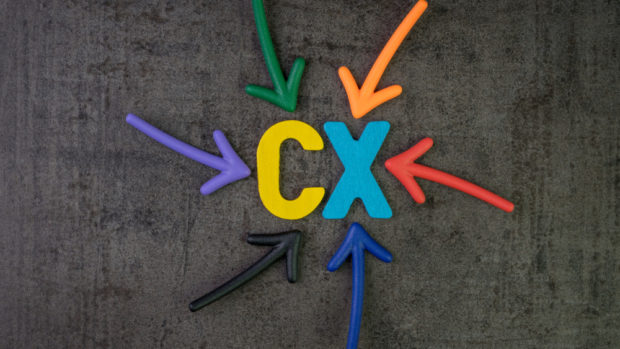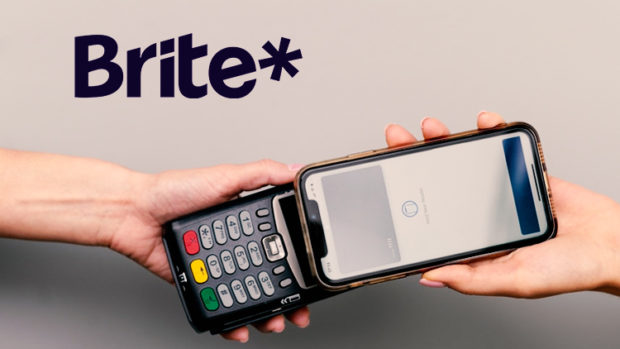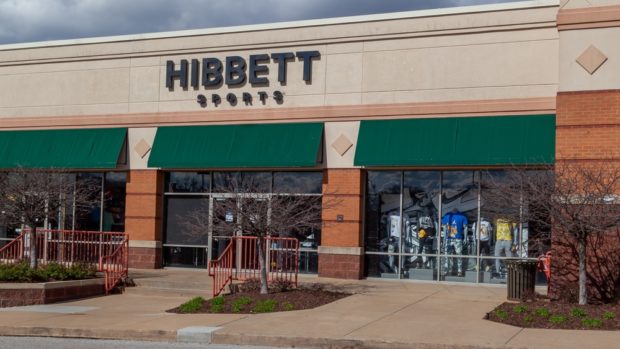
By failing to understand awareness of their brand across different audiences, Direct to Consumer (D2C) companies could be missing out on important opportunities to grow and differentiate themselves. That’s according to new analysis from Latana, a specialist in advanced brand tracking. Using its proprietary brand analytics technology, the Direct-to-Consumer Brand Awareness Report 2019 measures how 62 D2C brands are performing in terms of brand awareness in the United States, and finds varying results across different audience groups.
The analysis focuses on brands across six diverse industry sectors – Home, Food & Drink, Apparel, Cosmetics & Hygiene, Travel, and Other – and finds that:
Having a large number of Instagram followers in an industry popular with Instagram users does not guarantee brand success with an Instagram audience. When Latana tracked brand awareness among frequent Instagram users who care about brand, home essentials company Parachute Home saw the biggest brand awareness boost (9 per cent) with this niche group versus general consumers. Women’s clothing brand Reformation didn’t see any uplift despite its 1.5 million Instagram followers, nor did wellness brand The Honest Company, suggesting that this may not be the best niche for them to differentiate themselves.
Environmentally-conscious consumers are an increasingly important audience, but one that eludes many D2C brands. Food & Drink companies in particular registered low brand awareness differences with this audience versus general consumers, despite the efforts of some (such as Freshly) to reduce their environmental impact through recyclable or biodegradable packaging or Graze’s use of 100 per cent renewable energy. These brands could benefit from doing more to highlight their sustainability credentials. The two stand-out performers, however, were The Honest Company, whose messages around transparency, safety and care for the environment have clearly got through – and activewear retailer Fabletics. Its brand awareness was 11 per cent higher than with general consumers, more than any other brand, possibly due to its founder’s ‘eco-friendly’ clothing line rather than its own sustainability-focused marketing.
Assumptions made about different audience groups don’t always hold true. Latana’s analysis showed little, if any, difference in brand awareness levels for all 62 D2C companies between environmentally-conscious consumers aged from 18 to 35 and those aged from 36 to 65. This underlines the importance of researching an audience and making marketing decisions based on fact.
Commenting on the report findings, Rytis Jakubauskas, general manager at Latana, says, “More than two thirds of marketers make decisions based on their instinct and intuition. However, Latana’s analysis of D2C brands shows that our assumptions about different target audiences aren’t always right.
“As D2C brands shift away from pure performance marketing to focus on building their brands, they can gain an edge by understanding the extent to which their brand is recognized by different audience groups and using these insights to inform their marketing. Perhaps they are winning in unexpected areas, which could be an opportunity for further investment and growth. Or it could be that the audience they are targeting isn’t as brand aware as they hoped – which could signal the need for a new or modified marketing push. Armed with the right data, brand managers and marketers can make the right decisions for their business and their future success.”








Share